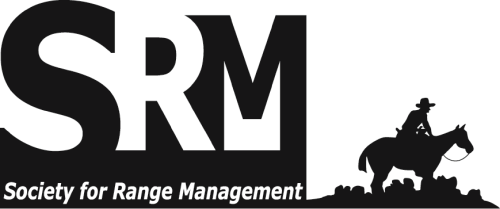On the Ground • Inequities, or “gender gaps,” occur between men and women in the control over productive resources and assignment of laborious tasks. This can negatively affect women and their families. • Although detailed studies remain rare, gender gaps appear to be common in the world’s rangelands. The sizes and types of gaps vary, however. • To measure progress toward greater gender equity on rangelands, we need baseline data that quantify information for women and men separately. • Research is also needed to understand how and why gender gaps occur. This can help identify interventions to close gender gaps. • By stepping into new roles, women who live and work in rangelands can transform local ideas about what is “normal” for women to do. The Rangelands archives are made available by the Society for Range Management and the University of Arizona Libraries. Contact lbry-journals@email.arizona.edu for further information. Migrated from OJS platform March 2020

Practical, non-technical peer-reviewed articles published by the Society for Range Management. Access articles on a rolling-window basis from vol 1, 1979 up to 3 years from the current year. More recent content is available by subscription from SRM.